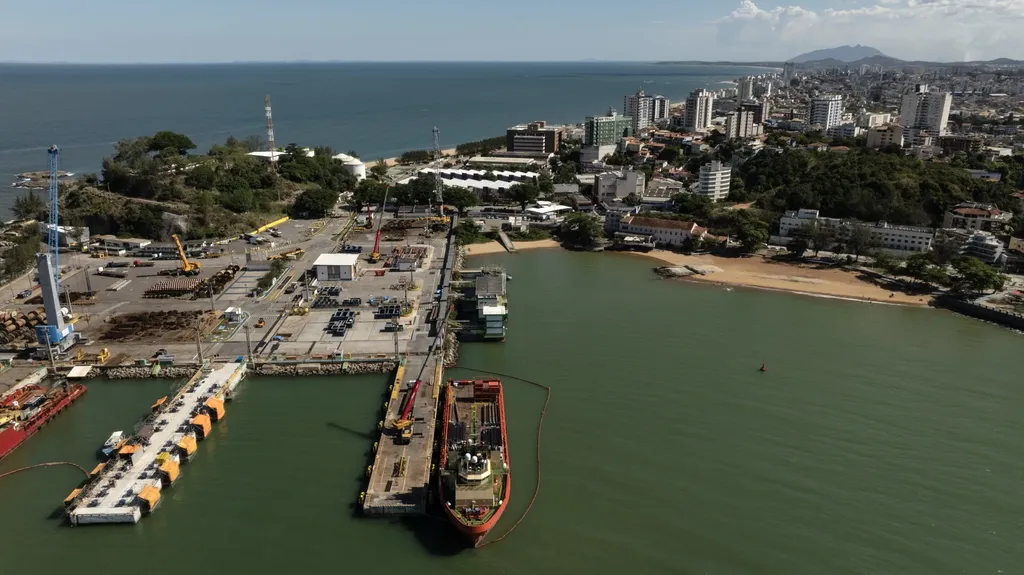In the sun-scorched landscapes of Brazil’s semi-arid northeast, a century-long quest for water security has unfolded, offering valuable insights into the intricate dance between human aspirations and water management. A recent study published in *Frontiers in Water* (translated as *Frontiers in Water*), led by Bruno Pereira from the Department of Agricultural Engineering at the Federal University of Ceará, delves into the history of water infrastructure expansion in the Jaguaribe River Basin, providing a compelling narrative that resonates with professionals in the energy and construction sectors.
The study, “Advancing water security in semi-arid Brazil: expansion of water storage infrastructure and human-water system co-evolution,” meticulously traces the construction of a vast network of reservoirs over the past 100 years. Pereira and his team sought to understand the drivers behind this infrastructure boom and its impact on the region’s water security. Their findings reveal a dynamic interplay between natural and socio-economic factors, offering a blueprint for future water management strategies.
The research identifies four distinct eras in the region’s pursuit of water security, each marked by shifting human aspirations and corresponding challenges. “Initially, the primary concern was water availability,” explains Pereira. “But as the population grew and agricultural demands increased, the focus shifted to accessibility, then acceptability, and now, in the current era, the critical issue is water quality.”
This evolution aligns neatly with the United Nations AAAQ framework, which identifies potential barriers to services in humanitarian contexts. The study’s alignment with this framework underscores its relevance to global water security efforts. For the energy sector, understanding these dynamics is crucial, as water security directly impacts hydropower generation, agricultural productivity, and overall economic stability.
The study’s findings highlight the importance of a coupled human-water systems approach, emphasizing the need for integrated solutions that consider both infrastructure and socio-economic factors. “The pursuit of water security is not a linear process,” notes Pereira. “It’s a complex, evolving system where feedback between human actions and water availability shapes the outcomes.”
For the energy sector, this research underscores the need for long-term planning and adaptive management strategies. As water quality becomes the limiting factor in the current era, industries must invest in advanced treatment technologies and sustainable practices to ensure a reliable water supply. Additionally, the study’s insights into the co-evolution of human-water systems can inform the development of resilient infrastructure that can withstand the impacts of climate change and droughts.
The study’s publication in *Frontiers in Water* marks a significant contribution to the field of socio-hydrology, offering empirical evidence that supports the AAAQ framework and providing a foundation for future research. As the world grapples with increasing water scarcity and climate variability, the lessons learned from the Jaguaribe River Basin can guide policymakers, engineers, and industry leaders in their quest for sustainable water management solutions.
In the words of Pereira, “This research is not just about understanding the past; it’s about shaping the future. By recognizing the complex dynamics of human-water systems, we can develop more effective strategies for achieving water security and ensuring the long-term sustainability of our communities and industries.”

